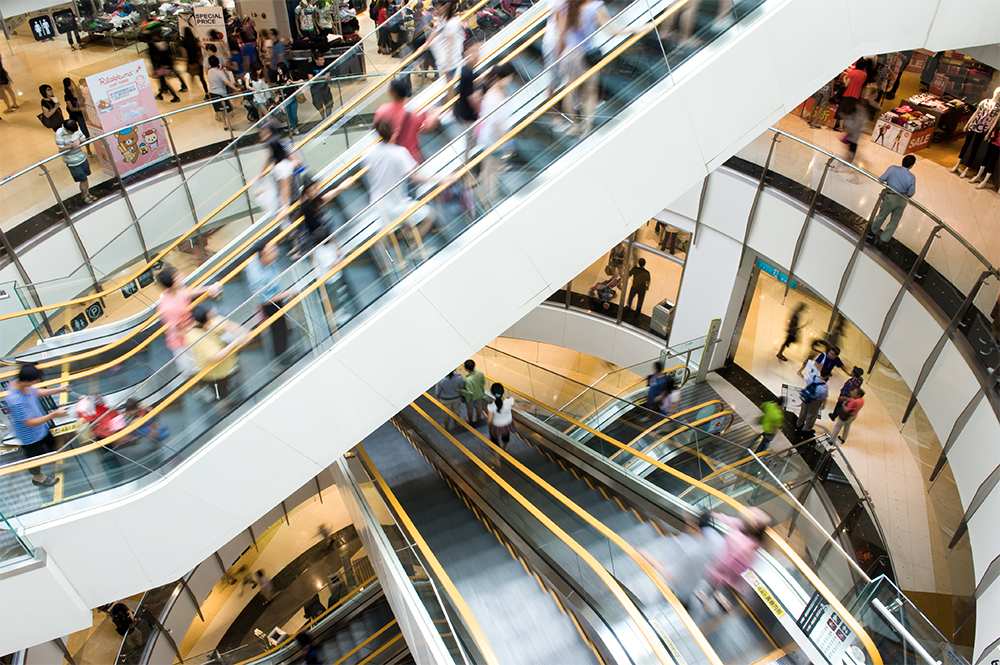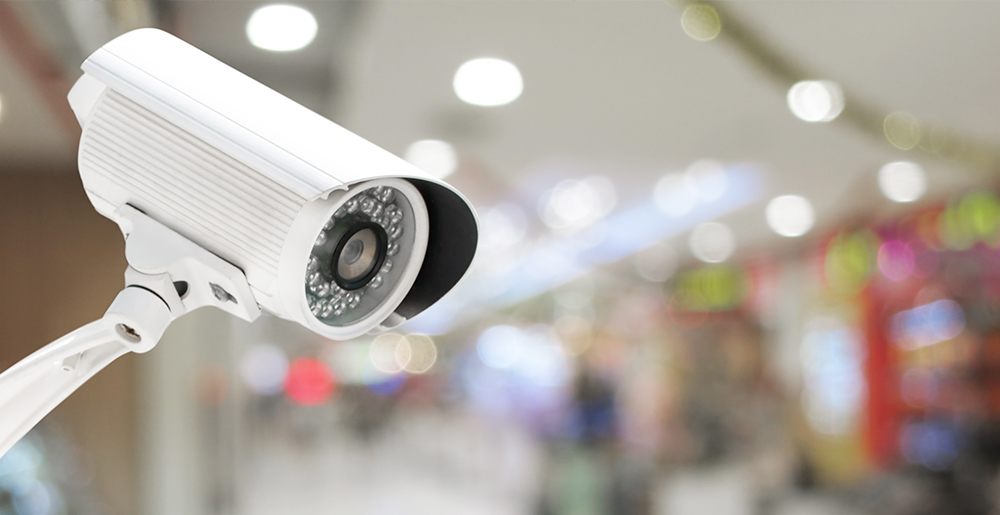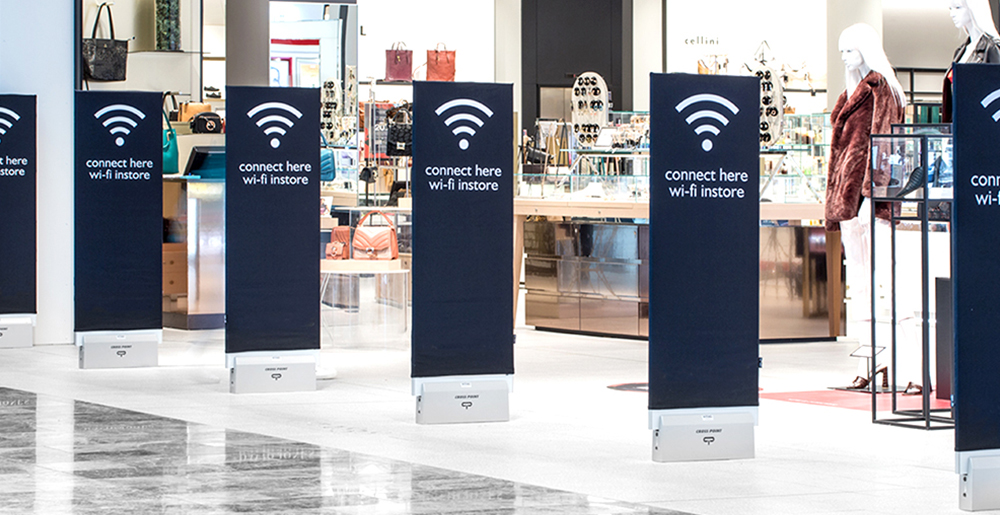Shoplifting prevention a priority as customers re-embrace retail

If the past two weekends are anything to go by, Australians are keen to re-embrace the experience of bricks and mortar retail, with crowds flocking to shopping centres as Covid-19 restrictions began lifting in many states.
For retailers, the renewed enthusiasm for bricks and mortar retail has fuelled hopes of a steady industry revival, but over the coming months, retailers will also be required to tread a fine line that ensures social distancing.
Meanwhile, US statistics indicate retailers and consumers may not be the only ones embracing opportunity after a crisis. Anecdotal evidence has also shown economic downturns result in a spike in retail crime.
Here’s a quick rundown of the steps retail can take to ensure renewed good fortune isn’t impacted by retail loss.
Welcome back
After almost two months of being limited to essential shopping only, Australians have proved enthusiastic to re-embrace their love of physical retail.
Although full restrictions are yet to be lifted in all states, the Mother’s Day weekend marked a turning point for the sector, with major retailers like Myer finally reopening their doors in a number of cities.
The Australian Retailers Association told The New Daily NSW and Victoria were the busiest, and the shopping revival was a positive sign for an embattled retail sector.
“It was great to see the obvious enthusiasm from Australians to get back to the shops after weeks of lockdown,” Australian Retailers Association CEO Paul Zahra said.
“That’s a really great sign for retail, and a very natural response as Australians see the lockdowns starting to ease around the country.”
March figures show the pain

The welcome resurgence of shoppers came after March figures from the Australian Bureau of Statistics highlighted the Covid-19 impact on retail.
While sectors like food, liquor, pharmacy, and household goods were up, the Australian Retailers Association noted they masked bigger falls in discretionary expenditure.
“Since the COVID-19 pandemic began, we have anticipated a spike in certain categories as people adjust to restrictions, but these increases mask bigger falls across discretionary categories, which has proved a significant challenge,” Mr Zahra said.
The social distancing challenge
As retailers reopen, a significant challenge will continue to be ensuring sufficient social distancing in-store.
Already, the surge in crowd numbers has prompted concern from government, while the Australian Retailers Association is also urging caution.
“Shoppers can expect the continuation of measures such as social distancing, limited numbers in stores and increased hygiene and cleaning. These will be a regular feature for some time and will require extra patience and sensitivity from retail staff and customers,” Mr Zahra said.
“We want to see a safe recovery – not a false start, which can be costly for retailers.”
In a bid to establish best practice, the Australian Retailers Association has issued a detailed set of Retail Reopening Guidelines to help retailers safely reopen to customers, which can be found here.
Desperate times, desperate measures
Meanwhile, US research indicates economic downturns often result in a spike in retail crime. Loss Prevention Magazine notes after both September 11 and the Global Financial Crisis there was a “significant increase in theft and ORC activity”.
With the global economy, including Australia, hit hard by Covid-19, there are concerns that trend could resurface in 2020, especially with so many people facing unemployment.
Theft prevention measures

As retailers look to reopen their doors with new social distancing rules in play, attention should also be firmly focused on loss prevention.
Strategies include:
Staff training
Now is the time to re-educate staff about what to look for in terms of shoplifting, along with the process of dealing with a suspected incident.
This will be particularly critical in retail outlets where new staff members may be joining the team.
Store layout
As retail managers take a cold hard look at their stores to reconfigure them for better social distancing, attention should also be paid to the role that layout and lighting play in shoplifting.
This involves considering questions like:
- Are there dimly lit areas or sections of a shop which are out of view of staff?
- Are high-value items secured or positioned within view of the POS?
- Are sales tables enticing enough to lure shoppers in, but far enough from the entry to deter incidents of snatch and grab?
- Is your stock protected at a product-based level against theft?
Electronic Article Surveillance (EAS)

EAS remains one of the most effective theft prevention strategies within the retail sector. The reopening of stores is the ideal time to audit your system and gauge its effectiveness.
Now is the time to ensure:
- Tags are of a sufficient magnetic strength to reduce elicit removal (Superlock tags are the minimum magnetic locking strength recommended)
- The right type of tags and labels are fitted to the right products
- Tag pins are large enough to reduce the likelihood of illicit tag removal
- Your EAS system is operating properly
- Staff are educated on tag and label application, along with correct removal, and handling any alarms
Surveillance
In addition to EAS, many stores employ loss prevention personnel and technology like CCTV to guard against shoplifting.
These strategies will be increasingly important as the retail sector opens for a number of reasons.
Security personnel will now also be largely responsible for handling social distancing in-store, in addition to their loss prevention duties.
That means they will require additional training and support in the form of technology.
You can learn more about loss prevention and anti-shoplifting strategies here